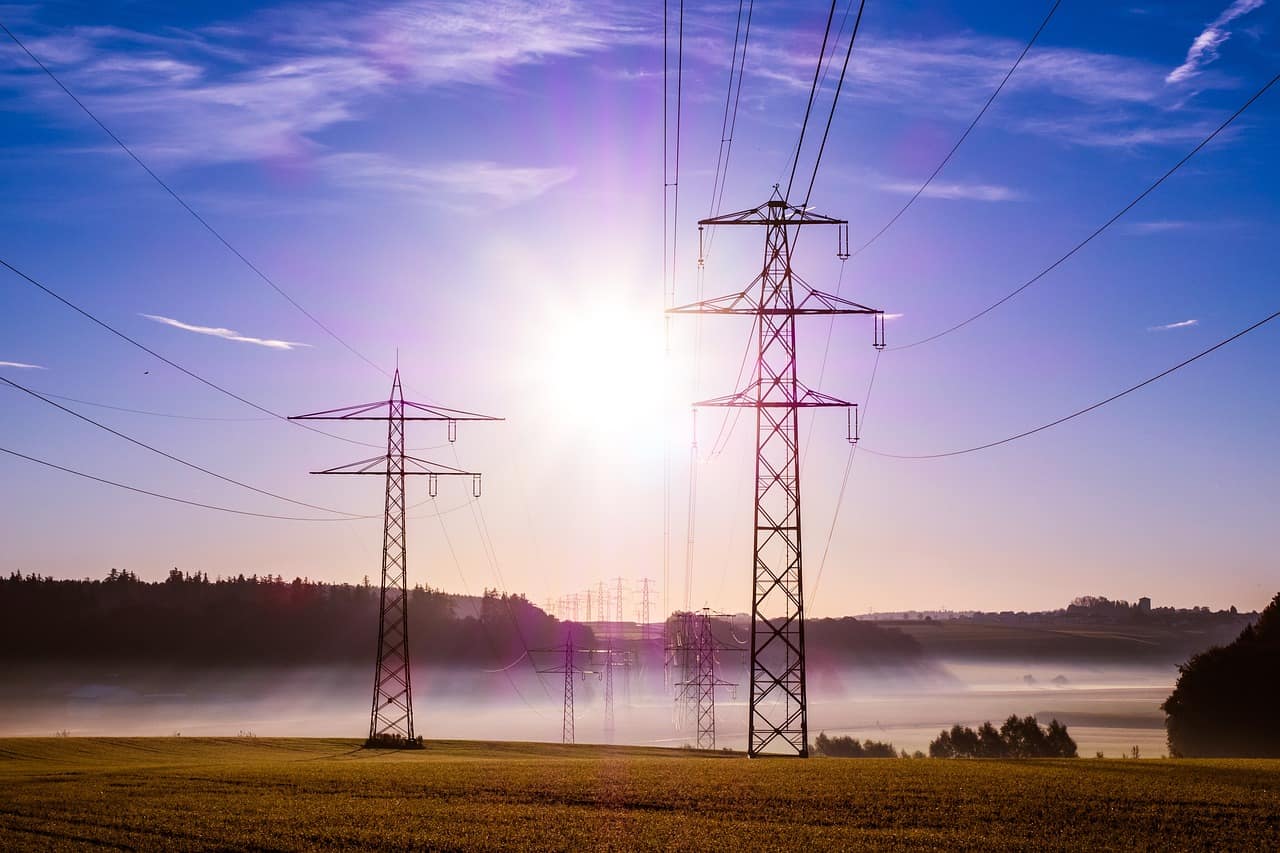Did you know that the largest consumer of electricity in any country is its power grid?
The companies that transport and distribute electricity are by far the largest consumer of electricity in any country. Why? Quite simply, these companies have to deal with the electricity losses that occur in their networks. When we talk about losses, we include those due to technical issues related to work with voltages and intensities, and non-technical losses, which include, among others, fraud.
As an end-user of electricity, you may think that this is not really important, but if you find out that electricity is purchased at the point of generation, but delivered to your home at the end of the line, you will start to realize that you, as an end-user, are paying for all the electricity that is lost in the system. In fact, I think many people are not aware that we, as end-users of electricity, are paying for those who illegally connect to the grid on our bill.
A Spanish citizen connected in low voltage, who needs 4MWh/year in his house, will have to pay for 4,6MWh that year to get the 4MWh he has consumed. This citizen will pay 15% more in the electricity bill to compensate for the energy that is lost somewhere in the system.
When I understood this point, the following question arose, if many people switch to self-consumption or energy communities, how could we design a “fair” average distribution of electrical losses?
I guess this scenario will add more complexity to an already complex issue.
I have to say that countries’ regulators have been really focused on working with electricity losses for years, including tariffs that incentivize improvements in this area or trying to penalize those grids that have excess losses, but it is fair to say that they have had and continue to have challenges in getting a clear picture of their grids in detail.
Regulators know what is happening in broad terms. In fact, getting the figure for energy lost in the system is “easy”. You take the energy that is sold on the generation side and deduct the energy that is consumed in consumption (adding up all consumption points). The differences are the losses in the system.
The problem for the regulator starts precisely here,
- How do you compare apples to apples?
- Is a rural grid managed by a small DSO with a high penetration of self-consumption the same as a large, concentrated urban grid managed by a large DSO?
To solve this problem, regulators in each country should require a greater level of detail on the operation of the assets of each electricity distribution company, giving them real visibility of what is happening in any part of the networks, including energy lost for technical reasons and energy lost for non-technical reasons. Until recently, this information was hard to come by, but now with data technology, it is easier than it seems.
Sources:
- 2nd CEER Report on Power Losses
- Spanish Regulator CNMC for the value of electrical losses.


